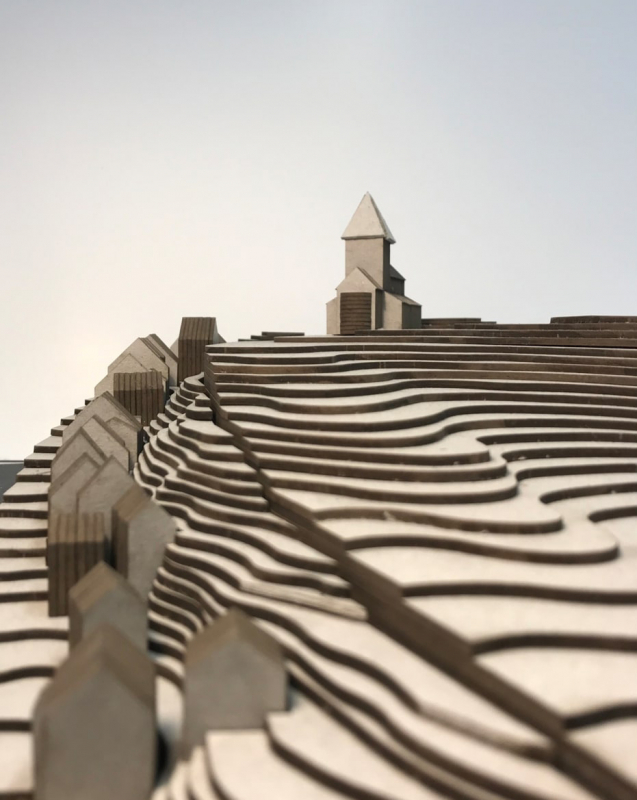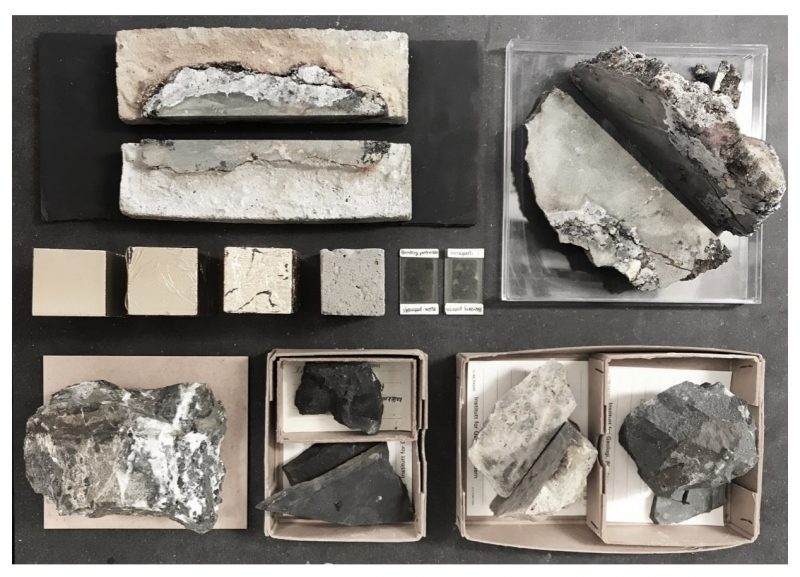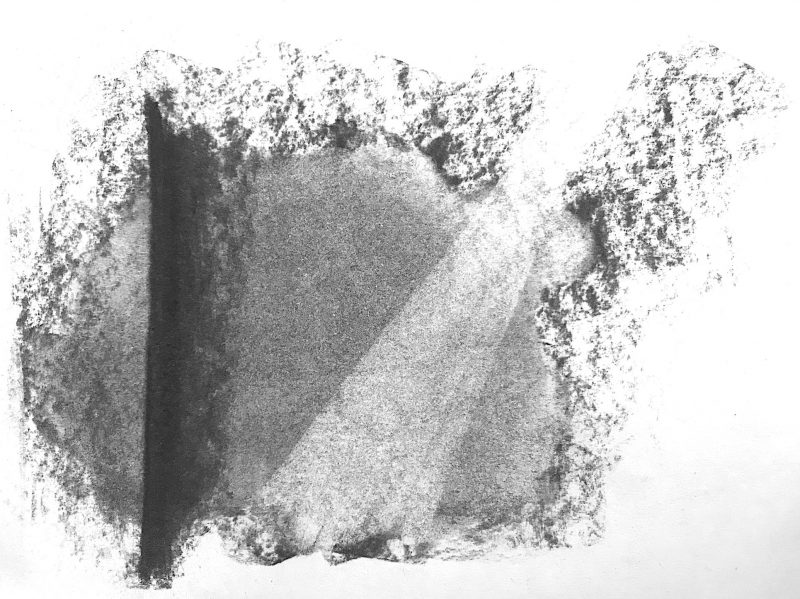
Inside Down
Spring 2019
By Laura Andrea Peña Cuellar
- MA2
We have exploited the planet Earth beyond its capacity. Mining and other exploitation of the natural resources are a violent act against our planet. We have become the greatest threat to the life that surrounds us. We can see how our ethics of the Earth are embodied in the underground. The underground is the greatest interior; here lies the enchantment of the Earth, once viewed as a womb, from which life emerges.
Meeting the (mother) Earth itself is the ultimate confrontation, where the respect and responsibility are met. No wonder this relationship has been the key source of mythology, as the place where humans and Earth can become one. The underground has been a hotbed for myths and stories for millennia. In the spirit of the post-human era, the underground is the ultimate archive of humanity, which is all about myths and legends. When people are gone, the human myths would be the remains of our existence. “The base of society is mythical and narrative, not ideological and dialectical.” – Northrop Frye
My aim is to keep the myth of Gamle Aker alive. An architecture project that is not made for humans, but for the dragon; it is about humanity, but not in a functional sense. This would raise questions of ethics and power, in terms of who knows what is good for a dragon, as we don’t even know what ‘dragon’ is. The ‘archives of myth’ have been called upon to act as a medium for restoring the mother Earth. It will stand as the bastion between humanity and post humanity. What would be the demands for this space? How would we archive myths that are abstract themselves? Who are the archive caretakers? What new languages, questions, and alternatives might emerge in the pursuit of such a project? “The function of the designer is the ‘mythologizing’ of the environment and the world. The work they do is what keeps the great story of the human experience alive.” – Joseph Campbell


